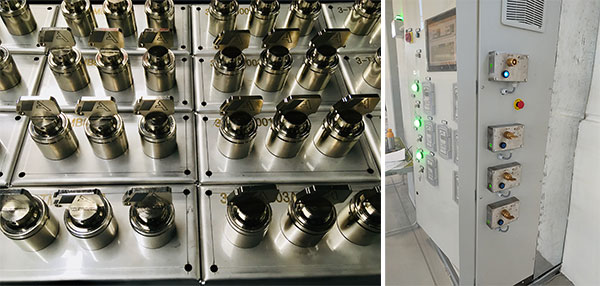Human factor and trapped key interlock systems
In excess of 70% of reported accidents world-wide in the industrial marketplace are attributable to human error, accounting for 90% of the financial loss .
What is human error and how is the “human factor” considered in occupational safety.
The study of the human factor and its many aspects has contributed significantly to the spread of safe but also effective work performance, enabling the improvement of occupational health and safety conditions in a variety of fields. Particularly, studies on error analysis and knowledge of cognitive skills known as nontechnical skills (NTS ) are of interest.
The first in-depth studies on the importance of the human factor in the occurrence of accidents date back to the 1970s and were mainly focused on the military and civilian aviation sector because of the enormous fallout in terms of human, economic and image losses that the single accident could have.
The results and models derived from these studies were gradually successfully applied to other sectors where the consequences of errors and/or incongruent behaviors have major impacts: the energy sector, medicine, and most recently the world of finance. Until the 1940s, the philosophy regarding the performance of tasks and the application of procedures was related to the scientific-mechanical theories of work : thus, it was thought that to adequately and safely accomplish a task essentially only one requirement was needed, namely, the necessary skill and experience (“the right stuff ”). The “right stuff ” approach was gradually replaced by the “human factor” approach.

The focus of research and studies has thus shifted to the issue of human reliability, understood as the probability of being able to complete a given task without making mistakes .
The most commonly accepted definition of error in the work environment is: “Failure of one or more planned actions to achieve a desired goal.”
This definition was developed by James Reason in 2001.
Human error occurs because of a failure to adapt previous experience to the unexpected situation. In the context of the study of human error, it is worth mentioning the classification of human behavior proposed by Rasmussen, who identifies three main types of human behavior, to which as many types of errors can be ascribed:
1. “skill based”: errors due to inattention;
2. “rule based”: errors attributable to the application of correct procedures at the wrong time, or to the choice of procedures not appropriate to the situation;
3.“knowledge based”: errors caused by the lack of knowledge or its incorrect application.
Human errors also include violations, intentional actions in violation of procedures, which may occur exceptionally or be routine.
So, when it comes to safety, there’s no such thing as too many layers of protection. Interlock solutions prevent anyone from trying to circumvent safety processes and are crucial to the defined sequence of the safety procedure. Trapped key interlocking is a method of ensuring safety in industrial environments by forcing the operator through a predetermine sequence; it utilizes locks and keys for sequential control of equipment and machinery to ensure safe operation. Trapped Key Interlocks can be mounted directly on the equipment, fully integrating the safety procedure, simple to operate, and eliminates human error.
For example, a key is used to isolate a power source, this key is then released and can then be used to gain access through a gate or door to a high-risk area by inserting it into an access lock . The key will then remain trapped until the gate or door is closed.
Use a Trapped Key Interlock System to:
•PROTEC T personnel from hazards;
•PRE V ENT loss of operations;
•PROV IDE risk control;














